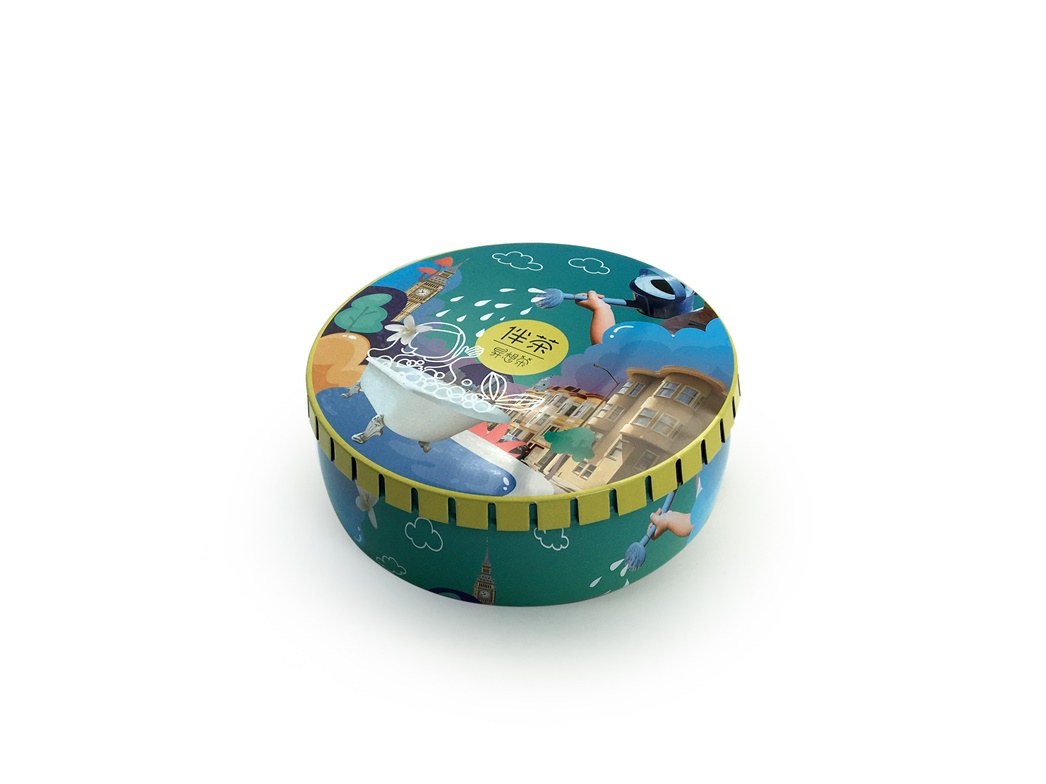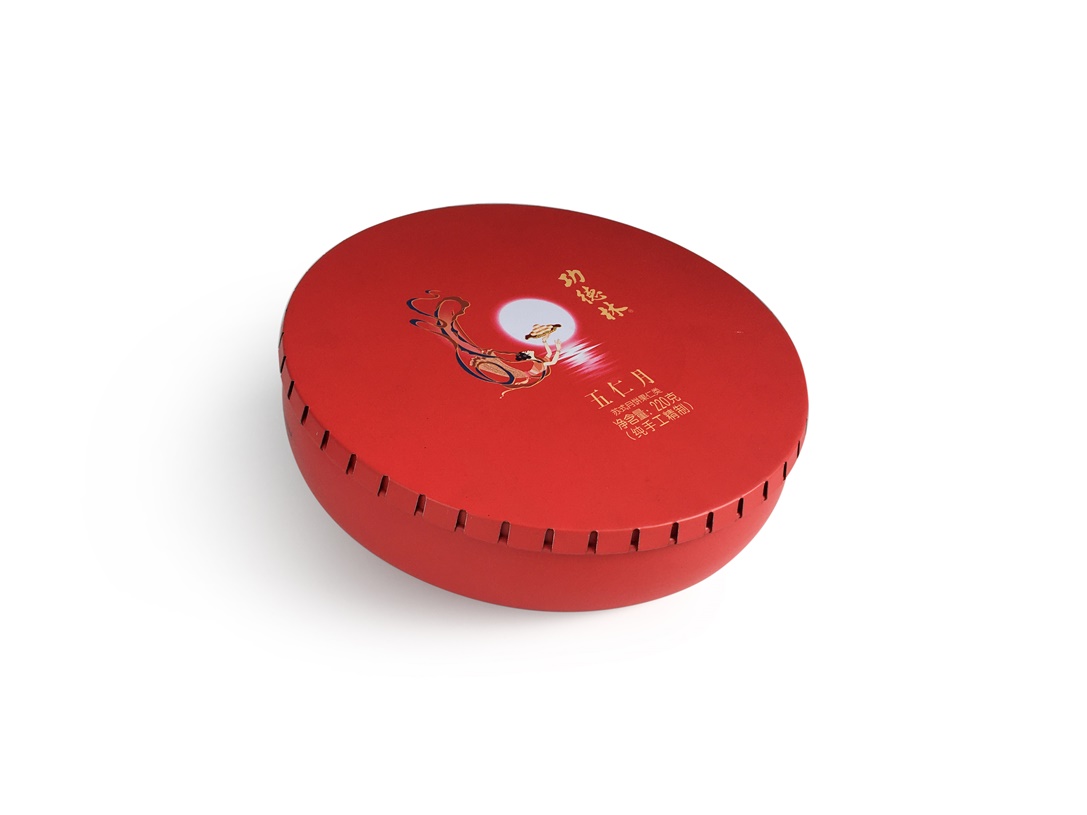Tinplate is abbreviated as SPTE (Steel – Plate – Tin – Electrolytic), which refers to the two sides of commercial pure tin-coated cold-rolled low-carbon steel plate or steel strip. Tin is mainly used to prevent corrosion and rust. It combines the strength and formability of steel with the corrosion resistance, solderability, and aesthetic appearance of tin in a material with corrosion resistance, non-toxic, high strength, and good ductility.

Tinplate is coated with a layer of tin, it is not easy to rust, also known as tinplate iron. The coated steel, long known in China as “Makoutie ” is thought to have been imported from Macau, where it was used to make tin cans. There are other sayings, such as China used to use this tin-coated sheet to make kerosene lamp cap, shaped like a horse mouth, so called ” Makoutie “, the name is not accurate, therefore, in 1973 China tinplate conference has been renamed it, official documents no longer use the name ” Makoutie ” .

Tinplate originated in Bohemia (present-day Czechoslovakia and Slovakia). In 1810, the world’s first tin box was invented by the British. And in 1847, the United States invented the canning machine, replacing the manual canning. In the 1990s, the technology of canning was improved; tin boxes gradually came into people’s lives.

The development of global tinplate has experienced the following stages:
Before 1914, the UK was the leading producer of Hot-rolled tin plate.
From 1918 to 1940, tinplate was produced in coil form. The United States is the dominant producer of tinplate.
From 1939 to 1960, the tin plating process was developed and tin production began to develop in developing countries.
Since 1960, Japan has become the second-largest producer of tinplate after the United States.
In 2019, China’s annual consumption of tinplate exceeded 4.5 million tons.